Lotte Hotel Seoul (롯데호텔서울)
2.6Km 2021-05-31
30, Eulji-ro, Jung-gu, Seoul
+82-2-771-1000
Lotte Hotel Seoul is a first class hotel located in the heart of Seoul, offering outstanding services to guests. The hotel is equipped with over 1,015 guestrooms, restaurants and bars, grand conference halls and banquet halls, a fitness club, business center, hotel museum, Lotte Duty Free, and a variety of other facilities to accommodate guests. In 2018, the executive tower was upgraded, adding more luxury to the hotel.
Mugunghwa - Lotte Hotel Seoul (무궁화 롯데호텔서울)
2.6Km 2021-03-19
30, Eulji-ro, Jung-gu, Seoul
+82-2-317-7061
This Korean cuisine is located near Euljiro 1(il)ga Station, Seoul. The representative menu is Korean table d'hote. A restaurant serving Korean course meal menu recognized by MICHELIN.
La Seine - Lotte Hotel Seoul(라세느 롯데호텔서울)
2.6Km 2021-04-15
30, Eulji-ro, Jung-gu, Seoul
+82-2-317-7171
This buffet is located near Euljiro 1(il)ga Station, Seoul. The representative menu is buffet. It is located at a well-known hotel in Korea.
Mojji Cream (모찌크림)
2.6Km 2021-03-26
30, Eulji-ro, Jung-gu, Seoul
+82-2-772-3997
It is a Japanese-style dessert shop. This cafe is located in Jung-gu, Seoul. The representative menu is espresso.
Catedral Católica de Myeong-dong en Seúl (서울 명동성당)
2.6Km 2023-02-22
Myeongdong-gil 74, Jung-gu, Seúl.
La Catedral Católica de Myeong-dong es el corazón de las iglesias católicas de Corea y el símbolo tradicional de la zona de Myeong-dong. Las razones por la que muchísima gente visita este lugar, sin importar la fe que profese, es por la magnífica edificación arquitectónica y su interior, y, por supuesto, por la ubicación central, ya que se encuentra en la zona comercial más famosa de la ciudad de Seúl.
El diseño interior al estilo gótico es muy atractivo. La construcción comenzó en el año 1892 y se completó en mayo de 1898. La empinada torre, cuya altura es de 45 metros, sobresale por encima de los demás edificios de sus inmediaciones. Todos los edificios pertenecientes a la basílica fueron hechos de ladrillo, pero varían en la forma y color. Si pasa frente a la figura de Cristo que se yergue en el frente de la catedral e ingresa a ella, verá las magníficas columnas internas, las ventanas en vitró y el lujoso altar. Si gira sobre sus pies y mira hacia atrás, observará el lugar del coro y el órgano de tubos en el piso 2. Seguramente, sentirá a flor de piel el ambiente serio del catolicismo.
En el subsuelo hay una pequeña capilla y los mausoleos de los mártires. En la Víspera de Navidad, se realiza una misa solemne de medianoche en esta Catedral de Myeong-dong.
Lacantina (라칸티나)
2.6Km 2021-03-29
19, Eulji-ro, Jung-gu, Seoul
+82-2-777-2579
The first Italian restaurant in Korea. This Western dishes restaurant is located in Jung-gu, Seoul. The representative menu is pasta.
NUHADANG [Korea Quality] / 누하당 [한국관광 품질인증]
2.6Km 2020-09-10
49-7, Pirundae-ro, Jongno-gu, Seoul
010-9692-1330
Guesthouse Nuha is a ‘hanok’ or traditional Korean house consisting of four guestrooms located in Nuha-dong, Seochon (west of Gyeongbokgung Palace, Jongno, Seoul) where many Confucian scholars and artists lived during the Joseon Dynasty.
Exuding a refined atmosphere, Guesthouse Nuha is very popular among not only domestic visitors but also foreign tourists who want to experience the flavor of Korea in a cozy hanok. All four guestrooms (An-bang, Sarang-bang, Geul-bang, and Byeol-dang) are covered with eco-friendly hanji (traditional Korean paper handmade from mulberry tree) wallpaper, and are equipped with a thick cotton-wool comforter and pillows imbued with the scent of Hinoki cypress tree to help guests relieve their fatigue.
Breakfast is served free of charge. Guests can also experience traditional Korean culture here, such as playing a Korean musical instrument (janggu or double-headed drum), playing a game of yut in the yard, or wearing hanbok (traditional Korean clothes). Although a local bus service passes through the village, it is highly recommended to take a quiet leisurely around the area.
MIGABON (미가본)
2.6Km 2021-03-18
56, Myeongdong-gil, Jung-gu, Seoul
+82-2-752-0330
This is a Korean cuisine located in Myeong-dong, Seoul. A famous restaurant among Japanese tourists. The representative menu is wild pine mushroom and abalone porridge.
Puerta Gwanghuimun (광희문)
2.6Km 2021-02-24
Toegye-ro 344, Jung-gu, Seúl
+82-2-3700-3900
La puerta Gwanghuimun fue construida en el año 1396, durante el 5º año del rey Taejo, en el sureste de la capital (Seúl). Se suele conocer también como puerta Sugumun (puerta del canal de agua) y fue usada como Sigumun, que literalmente significa 'puerta del cadáver', ya que las procesiones funerales pasaban por esta puerta cuando salían por el este.
Durante la Guerra Imjin (invasión japonesa de 1592 a 1598), las puertas de la fortaleza fueron destruidas a tal grado que fue practicamente imposible encontrar el lugar original de su localización. Sin embargo, los esfuerzos de reconstrucción se iniciaron en 1711 (37º año del reinado de Sukjong) y la puerta del canal de agua fue restaurada con forma de torre. Desde ese momento, la puerta quedó intacta, incluso cuando los muros de la fortaleza fueron derrumbados para construir caminos durante la ocupación japonesa, pero la Guerra de Corea la dejó con graves daños y quedó abandonada. En 1975, empezaron los trabajos de reconstrucción para recolocar la puerta Gwanghuimun a 15 metros más al sur de su localización original, que se encontraba en medio de la carretera.
Of one book and stay [Korea Quality] / 일독일박 [한국관광 품질인증/Korea Quality]
2.6Km 2021-03-29
11-1, Pirundae-ro 3-gil, Jongno-gu, Seoul
This hanok (traditional Korean house) is located in Seochon Village near Gyeongbokgung Palace. It is a modern C-shaped hanok centered around the inner courtyard, which is the first thing that the guests see after entering through the gate. While it is not expansive, white pebbles and a foot bath make this hanok a unique one. One can enjoy a foot bath while sitting on the porch.
The bedroom, which is located beyond the living room, is furnished with a queen-sized bed. Opening the screen doors brings one to the view of the kitchen area beyond the inner courtyard. A large table, plush sofa, and a small bookcase make the space ideal for books and discussions. Climbing the wooden ladder to the side of the kitchen brings one to the attic, which also doubles as a Korean-style room with a skylight. The kitchen is furnished with a refrigerator, microwave oven, gas stove, electric kettle, toaster, pots, utensils, wine glasses, and bottled water. There is a restroom with a bathtub. The standard occupancy of the house is 4 people.
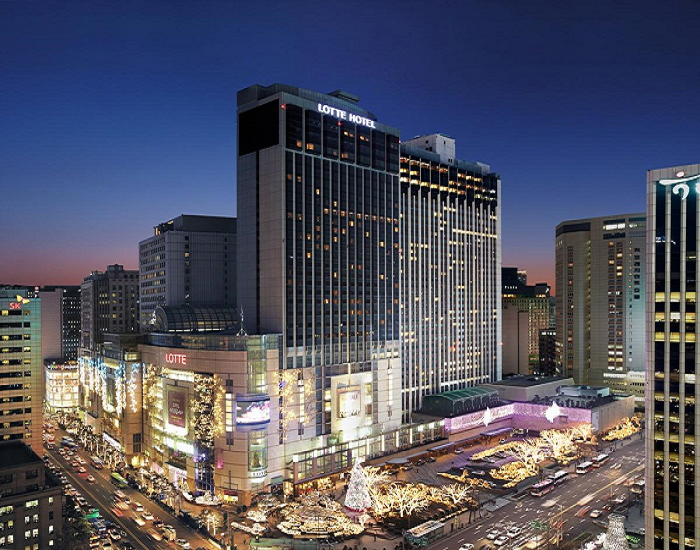
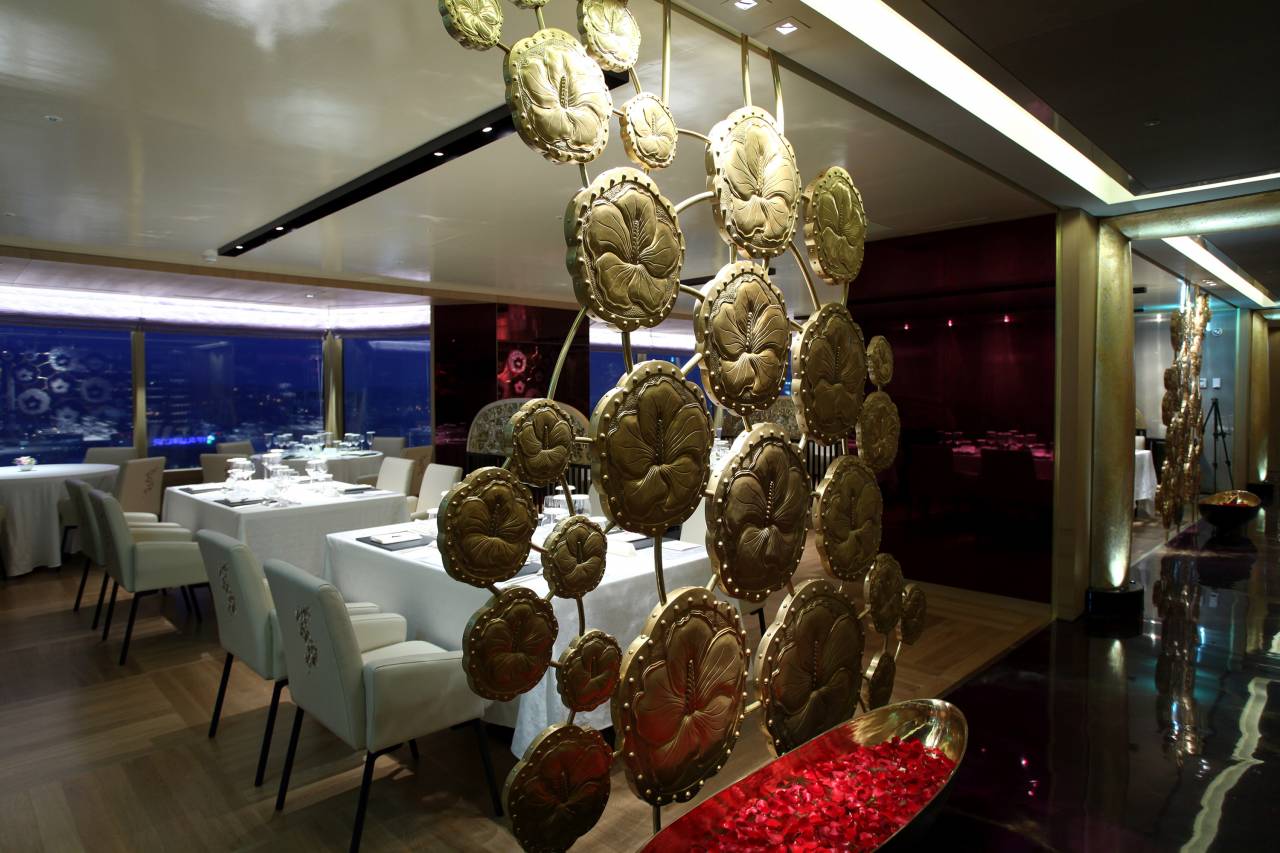
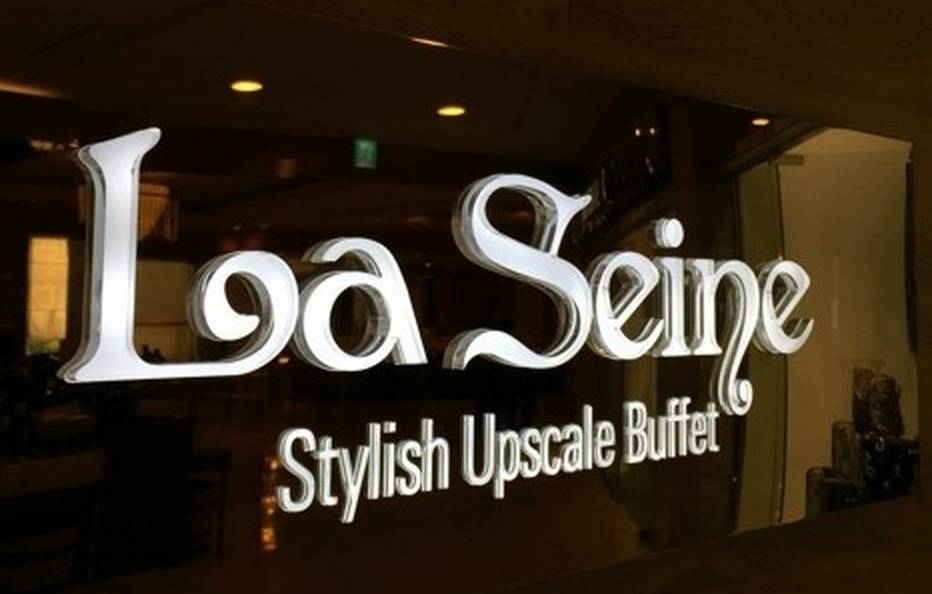
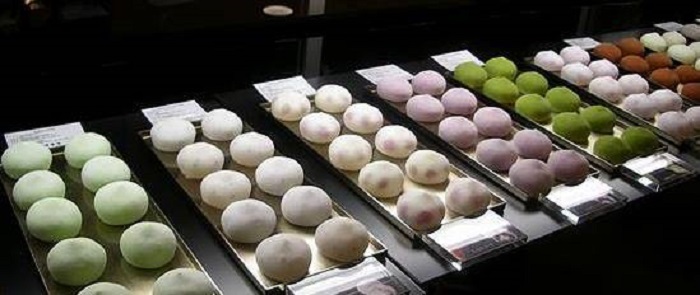
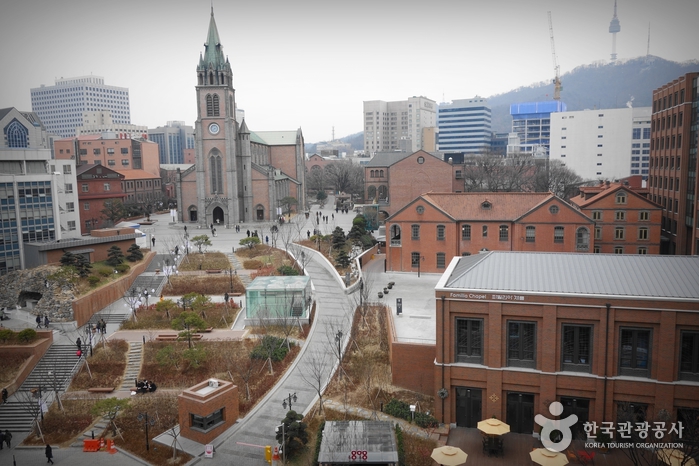
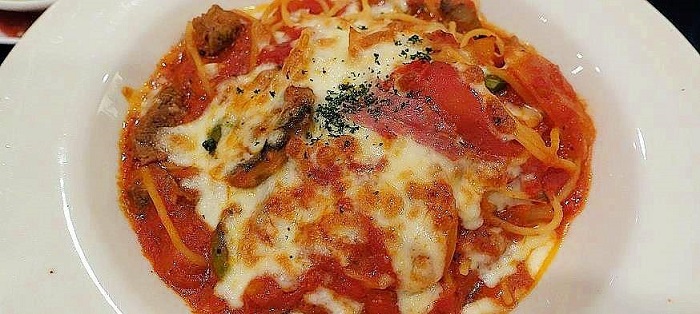
![NUHADANG [Korea Quality] / 누하당 [한국관광 품질인증]](http://tong.visitkorea.or.kr/cms/resource/58/2532358_image2_1.jpg)

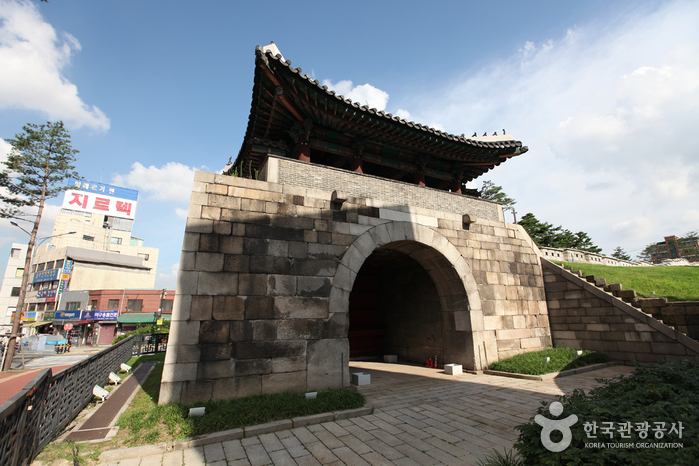
![Of one book and stay [Korea Quality] / 일독일박 [한국관광 품질인증/Korea Quality]](http://tong.visitkorea.or.kr/cms/resource/43/2707643_image2_1.jpg)
 Español
Español
 한국어
한국어 English
English 日本語
日本語 中文(简体)
中文(简体) Deutsch
Deutsch Français
Français Русский
Русский